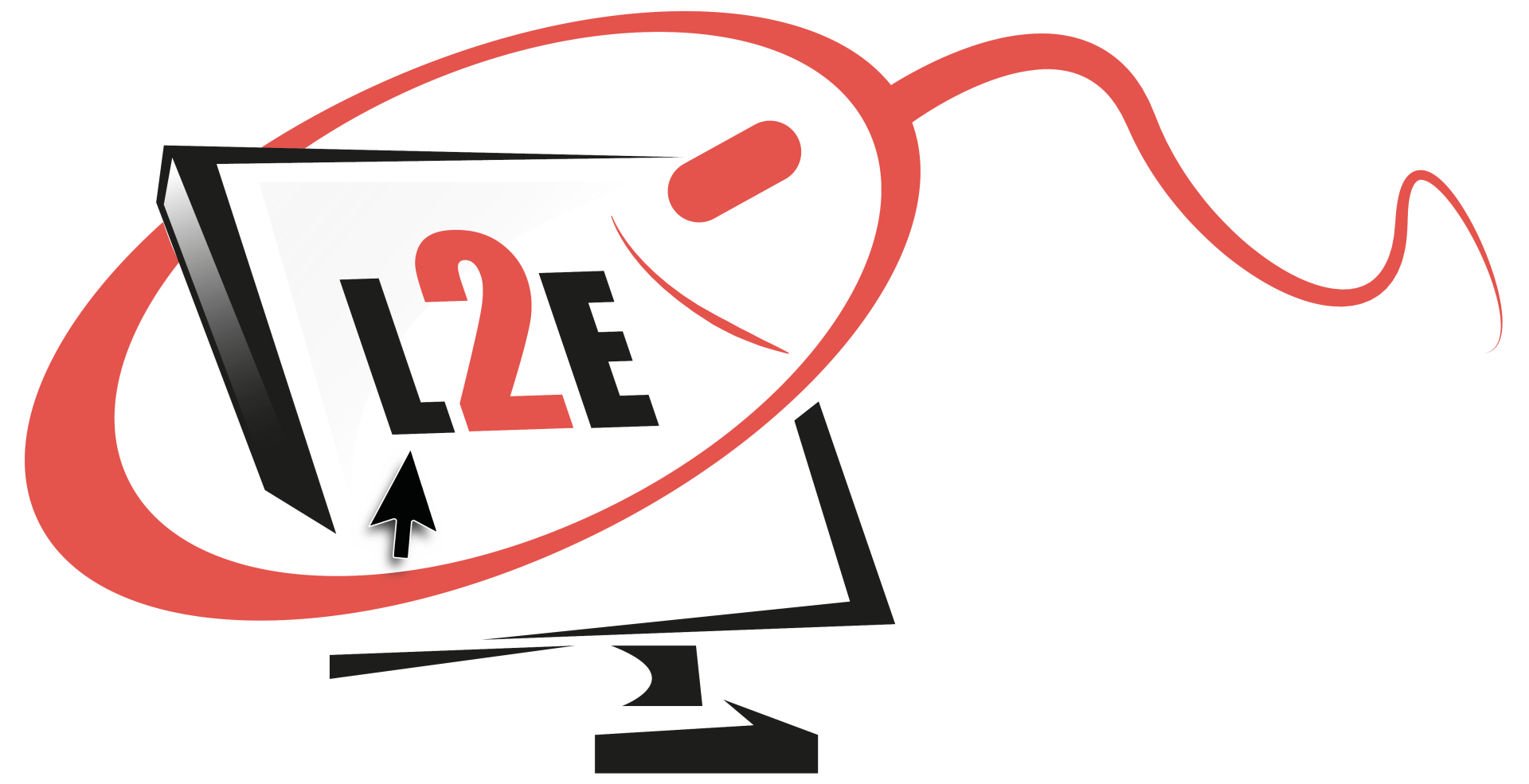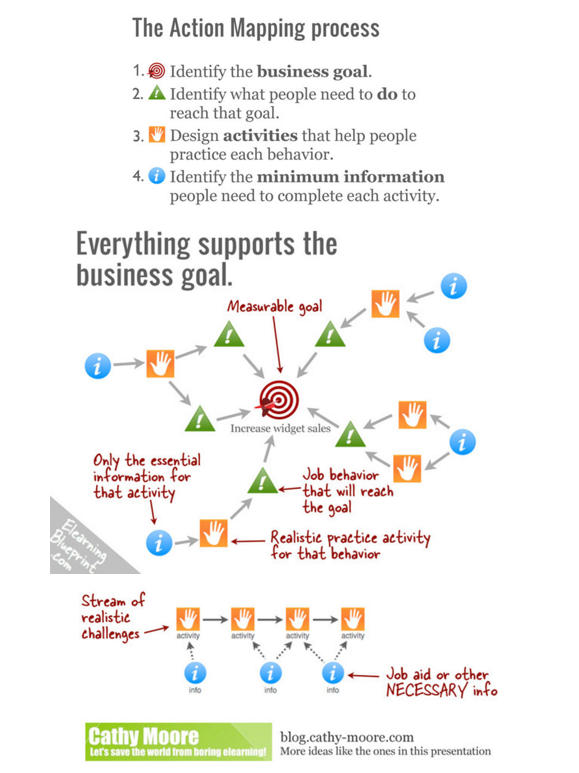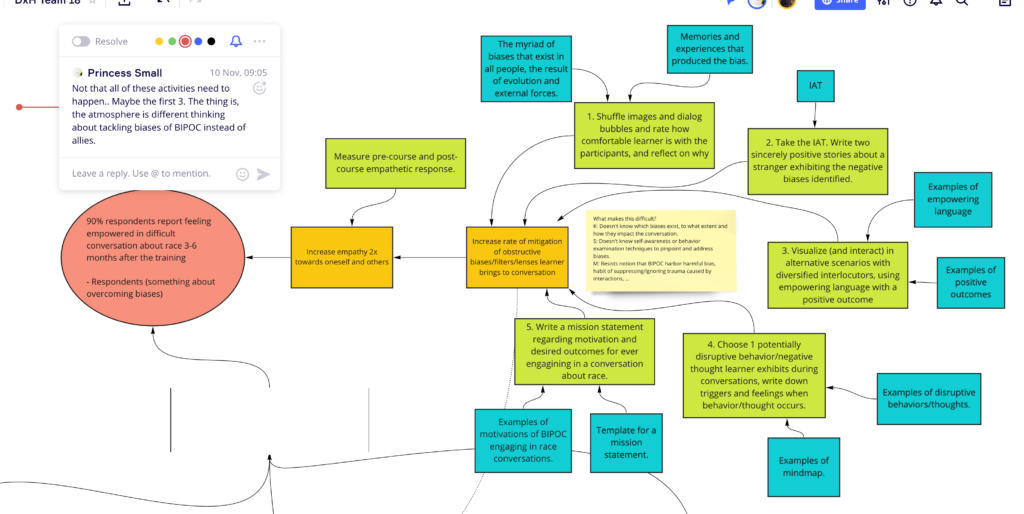In a previous blog post, I discussed the importance of the Analysis/Design phase of the eLearning development life cycle and how many projects fail because they attempt to skip this process, most often due to time constraints. However, in the end, the countless revisions and hours of re-work gradually extend the original timeline by months, anyway. So, why not put in the work from the start?
When a client comes to you with a file folder full of PDFs and PowerPoints, along with access to a few SMEs, where do you begin? And what do they ‘say’ they are looking for?
My Experiences
I had a client who had 60 hours of classroom training and wanted it all online, but in the end, after a thorough needs analysis (including employee interviews and questionnaires) we did a blended program. This was because certain parts of the course were so dependent on ‘people interactions’ and hands on manipulation of machinery that it would not be effective in an online format.
On the other hand, I had a client who presented me with a two-page office memo of a new procedure for assisting customers at their hotel and wanted it transformed into an eLearning course. After an action mapping session, it was determined a simple job aide for agents was all that was needed.
Action Mapping vs. Needs Analysis
If we compare the two tools, action mapping and needs analysis, they are both approaches used in instructional design to identify and address learning needs, but they differ in their focus and purpose.
The formal definition of a Needs Analysis is the process of gathering information and analyzing the gap between the desired state (where learners should be) and the current state (where learners are) in terms of knowledge, skills, or performance. It aims to identify the specific needs and requirements of the target audience and the organization.
A typical needs analysis may include:
- Assessing the learning needs: This includes conducting surveys, interviews, observations, and reviewing existing data to identify the knowledge, skills, and performance gaps.
- Identifying the goals and objectives: Based on the needs assessment, clear and measurable goals and objectives address the identified gaps.
- Determining the scope and constraints: Considering the available resources, budget, time, and other constraints, the scope of the project is defined.
- Analyzing the audience: Understanding the characteristics, preferences, and learning styles of the target audience is crucial to tailor the learning experience to their needs.
However, my needs analysis for an eLearning program takes it one step further in analyzing and prioritizing the content provided, assessing the organization’s strategic goals versus the training goals, employee’s pain points, desired changed behaviors, and the look and feel of the course itself, including imagery. Often, several content analysis meetings are set up with SMEs to identify all of this information.
Once the analysis is complete, the design document is created with even more information about the adult learning methodologies to be applied, a course theme, detailed outlines, and objectives, technical specifications, and much more.
Lights, Camera, Action!
Let’s turn our attention to action mapping. This is such an awesome tool developed by Cathy Moore! It focuses on designing training interventions that are action-oriented and centered on real-life performance, rather than just delivering information. The key idea behind action mapping is to ensure that the training or learning activities are linked to the desired performance outcomes.
A diagram of the process and steps is displayed:
An Example in Action
I found an interesting example of action mapping in action, no pun intended, on the Melanintek website. They used it to create an Action Map for an anti-racist training module to combat bias. It’s worth reviewing if you have a few minutes.
Conclusion
As you can see, action mapping is focused on designing targeted interventions that directly impact performance and drive action, rather than simply providing information or knowledge.
In summary, needs analysis is a broader process that involves identifying the learning needs, goals, and constraints, while action mapping is a specific instructional design approach that emphasizes designing interventions aligned with desired actions and performance outcomes.
Needs analysis provides the foundation for instructional design decisions, and action mapping guides the design of targeted learning activities to address performance gaps.
Which approach do you use the most? Do you modify either of these approaches in a unique way? We’d love to hear about it!
Until next time…





